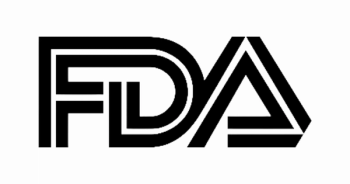
TAR-200 Shows Durable Response in BCG-Unresponsive NMIBC: SunRISe-1 Cohort 2
Joseph Jacob, MD, discusses data from the phase 2b SunRISe-1 study, cohort 2, evaluating TAR-200 in BCG-unresponsive high-risk NMIBC with carcinoma in situ.
Joseph Jacob, MD, associate professor of urology at Upstate Medical University, discusses data from the phase 2b SunRISe-1 study, cohort 2, evaluating TAR-200, an investigational intravesical gemcitabine-releasing system, in patients with BCG-unresponsive high-risk non-muscle-invasive bladder cancer (HR-NMIBC) with carcinoma in situ (CIS), with or without papillary tumors, who are ineligible for or refuse radical cystectomy.
Data from this study were presented at
TAR-200 also demonstrated a favorable safety profile. The majority of treatment-related adverse events (TRAEs) were low-grade urinary symptoms. Only 12.9% experienced Grade 3 or higher TRAEs, and treatment discontinuation due to TRAEs occurred in a low 3.5% of patients, with no treatment-related deaths reported.
These findings highlight TAR-200 as a potentially practice-changing, highly effective, and well-tolerated treatment option for this challenging patient population. The high CR rate and sustained responses without reinduction offer a significant advancement for patients with BCG-unresponsive HR-NMIBC with CIS who are not candidates for or decline radical cystectomy.
In addition, the FDA has already granted breakthrough therapy designation to TAR-200 for this indication, and a new drug application is under review. Further investigation in ongoing phase 3 trials will solidify its role in the treatment landscape.








































